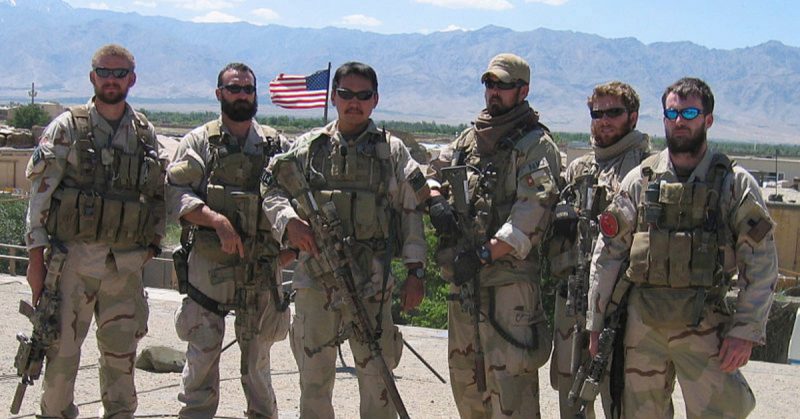About an hour later Shah fighters, the number of which was reportedly anywhere from 80-200 fighters, attacked the four Americans.
Operation Red Wings became a deadly mission for four US Navy SEALs in Afghanistan. Three of the four were killed, but thanks to an Afghan herder, Hospital Corpsman Marcus Luttrell managed to survive to tell the story.
Marcus Luttrell was born in Houston, Texas, on November 7, 1975. Since childhood, he dreamed of becoming a SEAL, and at the age of 14 he began training under the guidance of US Army veteran Billy Shelton, who lived nearby. Luttrell trained daily with his twin brother Morgan and other young men who wanted to be part of the US Armed Forces.
In March 1999 Luttrell joined the US Navy, and made it into Basic Underwater Demolition/SEAL (BUD/S) Class 226. Unfortunately, due to injury he rolled back to class 228 and completed BUD/S training on April 21, 2000.
Then he attended the Army jump school, SEAL Qualification Training, and the Special Operations Combat Medic training (SOCM) course in which he was trained in battlefield life support and advanced emergency medicine.
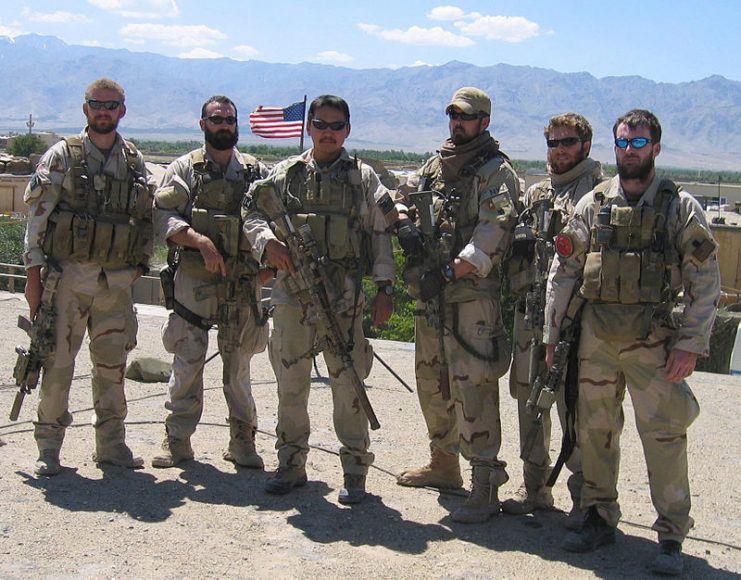
On April 14, 2003, Luttrell joined the invasion of Iraq with SEAL Team 5. Their task was to search for and destroy remnants of the Iraqi resistance, terrorists, and high-ranking members of the ousted Saddam regime, as well as participate in the search for WMDs.
https://youtu.be/aIAqcsujYC0
In 2005, Luttrell was transferred to SEAL Team 10 in Afghanistan. Their mission was called “Red Wings” and informally referred to as the Battle of Abbas Ghar. This happened in Pech District, Kunar Province, located on the border of Afghanistan and Pakistan. According to military analysts, if this zone was not kept under control then all regions down to Kabul would be destabilized.
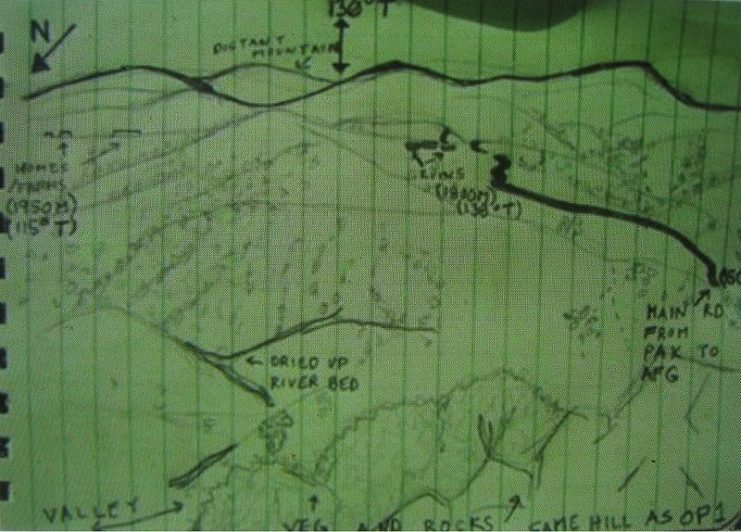
The most important opponents of the Americans in this area for a long time were a group of fighters under the military command of Ahmad Shah. The US Marines concentrated their forces against them. Subsequently, US Special Forces and the Marines became the main threat to Ahmad Shah’s group, preventing the terrorists from earning cash profits from their criminal activities.
The Marines began to prepare to eliminate this group. To collect accurate information about them, their gathering places, and their routes for travel, the Marines turned to the Special Forces for help.
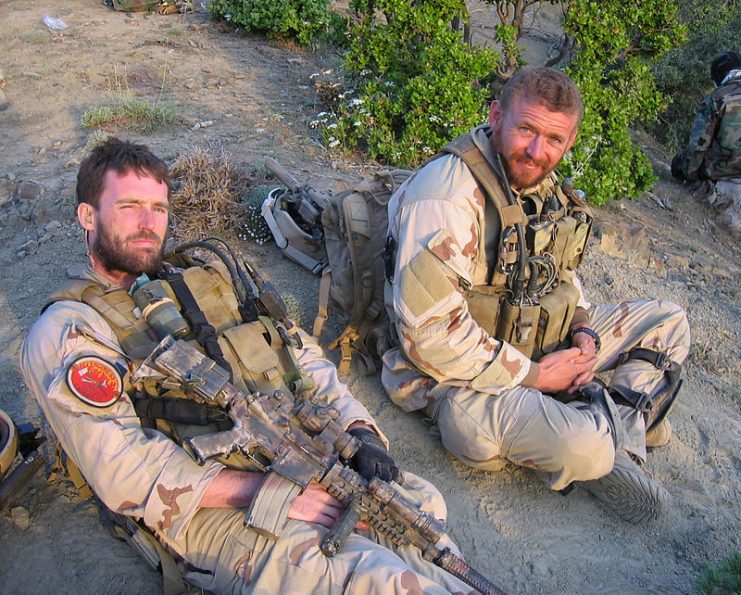
For more inconspicuous movement, it was decided to use a tactical team of four people. This detachment was required to secretly penetrate into several zones to conduct reconnaissance.
https://youtu.be/eGFLLup-fvE
On the night of June 27, 2005, a Boeing CH-47 Chinook of the 160th Special Operations Aviation Regiment (Airborne) delivered four SEALs to the landing point. The detachment was Navy Lieutenant Michael P. Murphy, Petty Officer Second Class Danny P. Dietz, Petty Officer Second Class Matthew G. Axelson, and Navy Hospital Corpsman Second Class Marcus Luttrell.
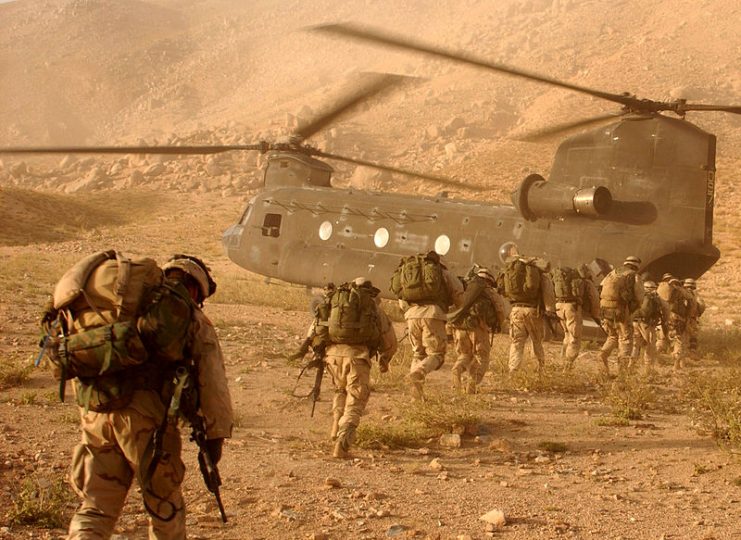
The men began their journey towards the intended area of reconnaissance. Soon, however, they unexpectedly found four goat herders with their flock, who were walking along the path. Simulaneously, the shepherds saw the SEALs.
Now the detachment had to make a difficult decision on how to deal with the herders. Michael Murphy noted three solutions. The first was to kill the herders and throw them off the rocks, simulating an accident. The second was to kill them and bury them, and the third was to release them. According to Luttrell, they decided to free the herders.
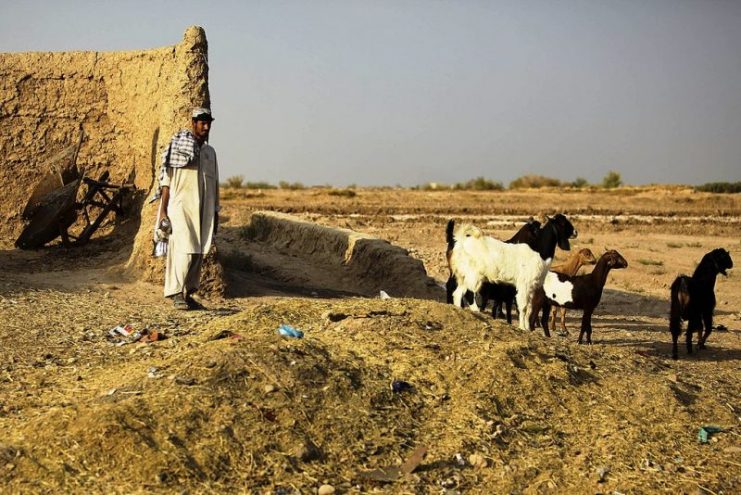
Thus, the SEALs made a fatal mistake, because the shepherds told the Taliban about what they had seen. About an hour later Shah fighters, the number of which was reportedly anywhere from 80-200 fighters, attacked the Americans.
The Navy SEALs began to descend a slope towards a small village that was on a plain. There they planned to defend themselves and wait for help. Almost at the very beginning of the battle Danny Dietz died as he was unsuccessfully trying to get in touch with headquarters on the radio.
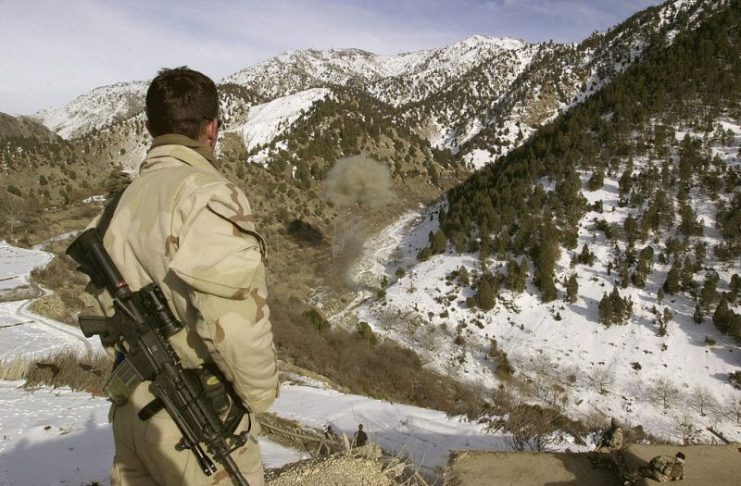
By the time Dietz died, Murphy and Axelson were already injured—the former in the stomach, and the latter in the chest. However, they continued to fight.
Before his death, Murphy took out a satellite phone and contacted the base to request assistance. Prior to this, the scouts did not use the phone so as not to betray their location. But the situation at that moment was hopeless.
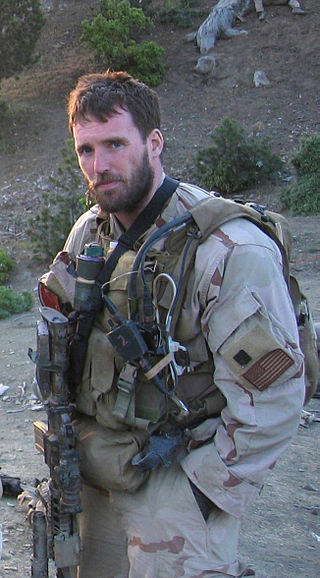
Soon, only Luttrell survived. During the fight, a grenade exploded next to him and threw him off the slope by a blast wave. Luttrell rolled down, losing consciousness, and as a result he broke his ankle, nose, and back.
Two UH-60 Black Hawk helicopters, two MH-47 Special Operations Aircraft and two AH-64 Apache attack helicopters were sent to the area. The Shah’s men shot down one of the MH-47s, killing all 16 soldiers on board and bringing the total deaths to 19. As the weather got worse, the rest of the helicopters returned to base.
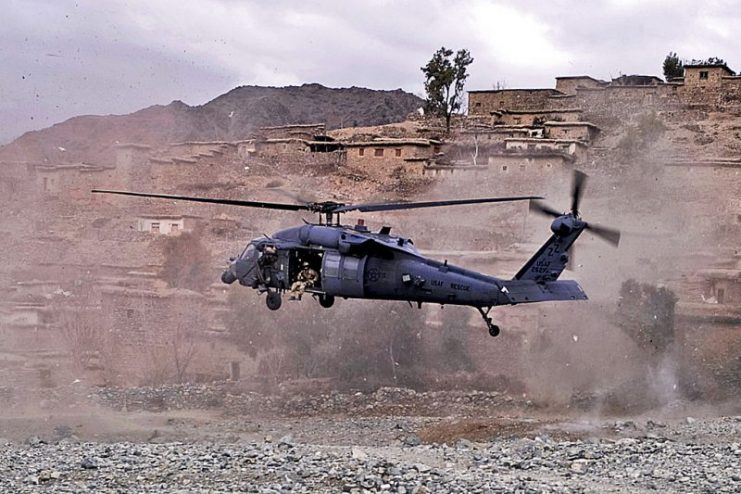
When he awoke, Luttrell lay motionless for some time, in constant pain and without food or water. Soon a local herder, who was returning home along a path nearby, discovered him. This shepherd was Mohammad Gulab, of the tribe that dominated the area. Finding Luttrell, in accordance with local customs Gulab provided the wounded man with protection and shelter.
Gulab recalled in an interview that “His pants were torn almost off, his legs black with dirt, dried blood and bruises, I saw from his eyes that he was almost collapsing.”
For the five days that Luttrell stayed with Gulab, terrorists came to Gulab’s house and demanded he give them the American. They even offered Gulab money. However, Gulab honored tradition and refused to hand over the American to the terrorists, thereby jeopardizing the lives of his own family members.
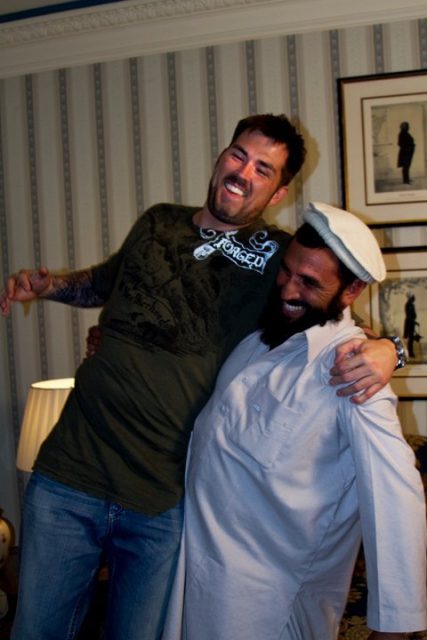
One day, Gulab asked Luttrell to write a note, which he handed to the US Marines at a checkpoint. Thus the commanders at the headquarters learned that one of the SEALs was still alive. On the sixth day, soldiers from both the 75th Ranger Regiment and the US Army’s special forces evacuated Luttrell.
For his help, Gulab was offered a monetary reward, but he refused to take it, saying that he did not save the American for money. Thus ended one of the most tragic episodes of the US Special Forces in the twenty-first century.
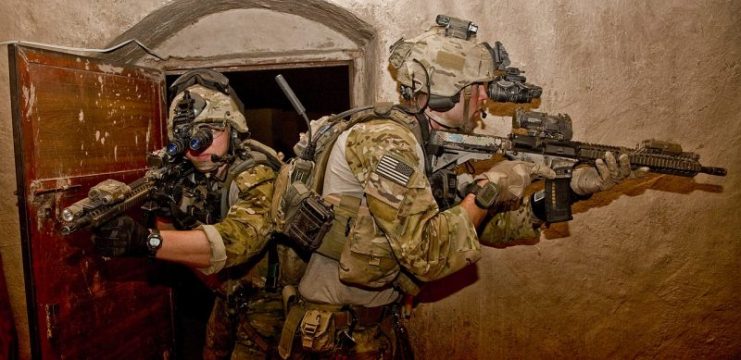
In 2007, Luttrell published his book Lone Survivor: The Eyewitness Account of Operation Redwing and the Lost Heroes of SEAL Team 10 and in 2012 his second book, Service: a Navy SEAL at War was published.
In 2013 the film Lone Survivor, based on the book, was released, with Mark Wahlberg in the lead role.
Gulab traveled to Texas twice and met with Luttrell, and reporters interviewed them. However, differences soon arose between them. Gulab argued that in that area of Afghanistan, there could only have been from 10 to 35 fighters, not 200 as Luttrell wrote in his book.

In addition, Gulab claimed that he was not given a fair opportunity to tell his side of the story. He said that before his 60 Minutes interview, the translator told him that “whatever Marcus says in the interview, say ‘yes’.”
According to the book Victory Point: Operations Red Wings and Whalers – the Marine Corps’ Battle for Freedom in Afghanistan, by military journalist Ed Darack, the number of Taliban forces involved in the encounter with the four SEALs varies from 8 to 10 people.
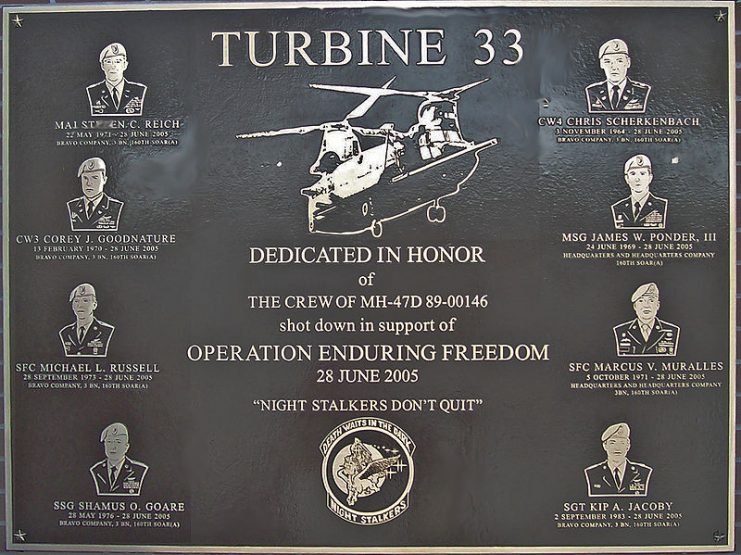
Read another story from us: The Fighters – Americans In Combat In Afghanistan And Iraq
According to Luttrell’s initial report on the operation, the number of opponents was around 20-30 people. However, in his book, the number of Taliban fighters increased to 50-200 people, which affected the film script.
Marcus Luttrell was awarded the Purple Heart and Navy Cross for his actions that day.
